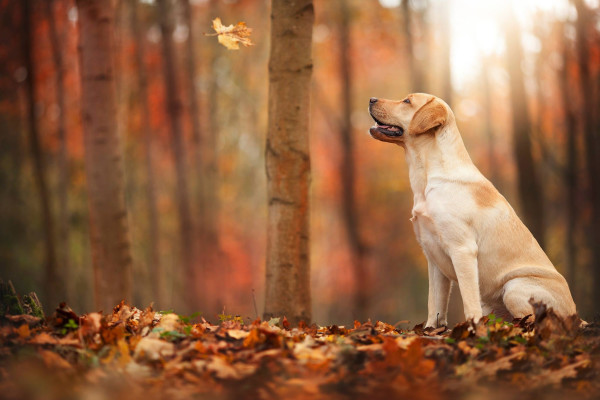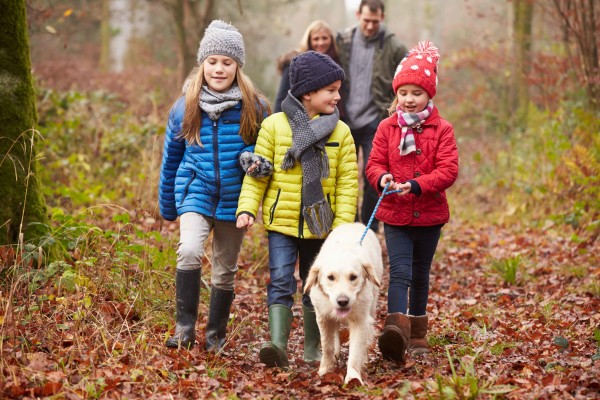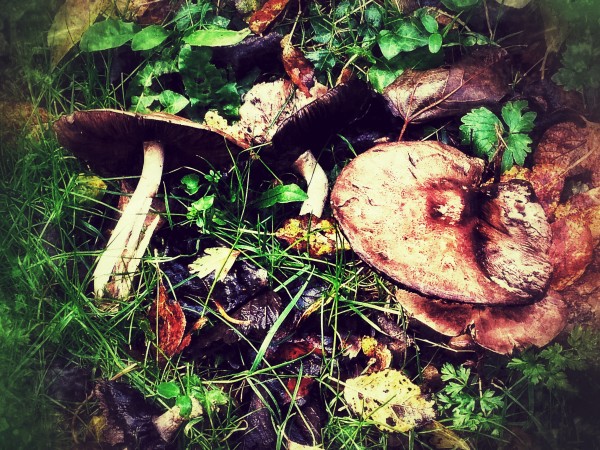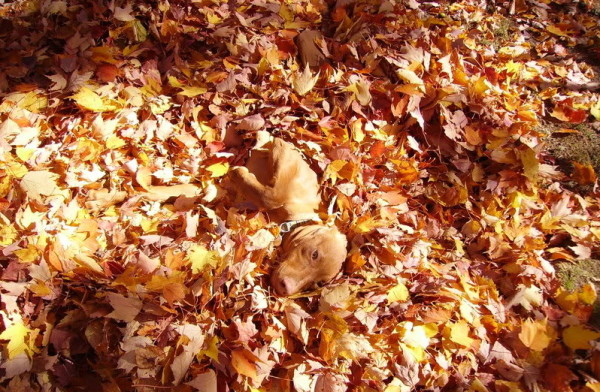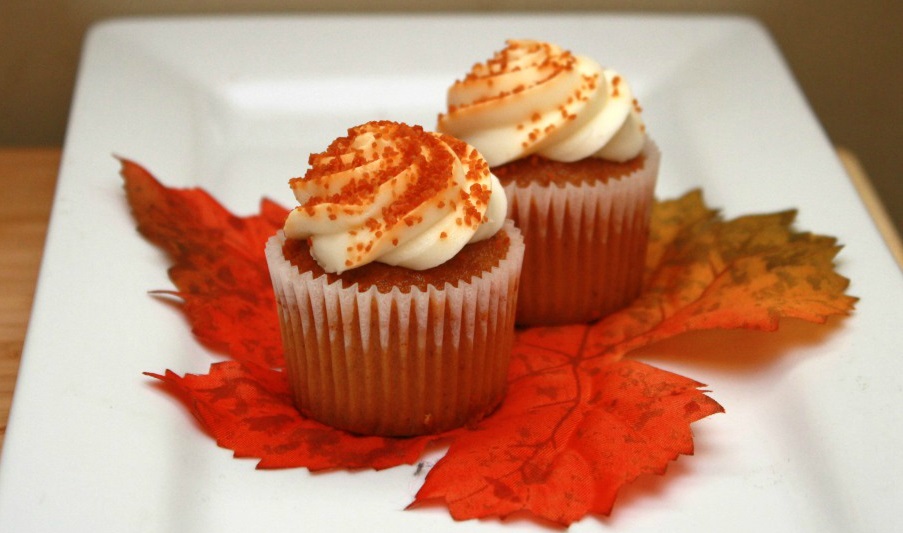We’re now nearing the end of September, signalling Autumn’s official arrival. It’s a wondrous season of crispy reddish-brown leaves, chills in the air and roast dinners on a Sunday. We love this season (when it’s not raining), and the cooler days bring longer dog walks. After a nice walk, the chilly air is the perfect excuse to snuggle up with your pup on the sofa in front of the fire (if you’re lucky enough to have one), if not, any radiator will do!
Here’s what you should be aware of during the transitional season between Summer and Winter:
Dangers For Dogs In Autumn
Seasonal Canine Illness (SCI)
Come autumn, dog owners, dog sitters and dog walkers need to be aware of Seasonal Canine Illness (SCI). It’s an illness, that in 2010, resulted in the death of 20% cases identified. Cases were reported only between the months of August and November. SCI acts within 24 – 72 hrs of contamination so you need to be aware of the symptoms and act fast. Experts aren’t exactly sure what causes SCI; cases are ususally reported from wooded areas.
Symptoms include:
- vomiting,
- abdominal pain,
- lethargy,
- high temperature,
- trembling and
- diarrhoea.
If you’ve been on a woodland walk and your pooch starts showing signs of these symptoms, get to a vet immediately.
Mushrooms
Mushrooms can potentially be poisonous. They grow everywhere, from in the middle of fields to around tree bases. It’s easy to miss your dog quickly gobble one up, so you need to be alert and cautious.
Symptoms include:
- vomiting,
- diarrhoea,
- lethargy,
- seizures,
- abdominal pain,
- lethargy,
- weakness,
- excessive drooling,
- jaundice and
- difficulty in coordination.
Mushroom poisoning can cause irreparable damage to the central nervous system, kidneys and liver. You must get to a vet immediately.
Antifreeze
Colder mornings and evenings mean it’s time to de-ice your car windows. Accidental spills while you’re changing your car’s coolant need to be cleaned up quickly before your dog can get there to ingest it.
Symptoms include:
- vomiting,
- diarrhoea,
- euphoria,
- excessive urination,
- abdominal pain,
- lethargy,
- weakness,
- excessive drooling,
- rapid heart beat,
- depression and
- difficulty in coordination.
Leaf piles
Who doesn’t love running into a pile of golden-hued leaves with their best friend? You wouldn’t think this could be a danger, so you should be aware of mould and bacteria collecting on them.
If your dog’s routing around a pile, they’re more likely to ingest this bacteria, which can cause vomiting and diarrhoea.
Food
The colder months bring a change in our eating habits. Stews and roast dinners are the way forward, and we also find ourselves eating more raisins, macadamia nuts, onions, chocolate (lots of it), and drinking alcohol (in moderation). A lot of the lovely, warming foods that come with this time of year are dangerous to dogs. You need to make sure that they’re stored away from curious noses and paws. If your dog’s looking for a special treat, why not try one of our super simple Autumn treat recipes?
Our next post will cover all about how to prepare your dog for Autumn, where we look at reducing stress and anxiety from fireworks amongst other concerns.
